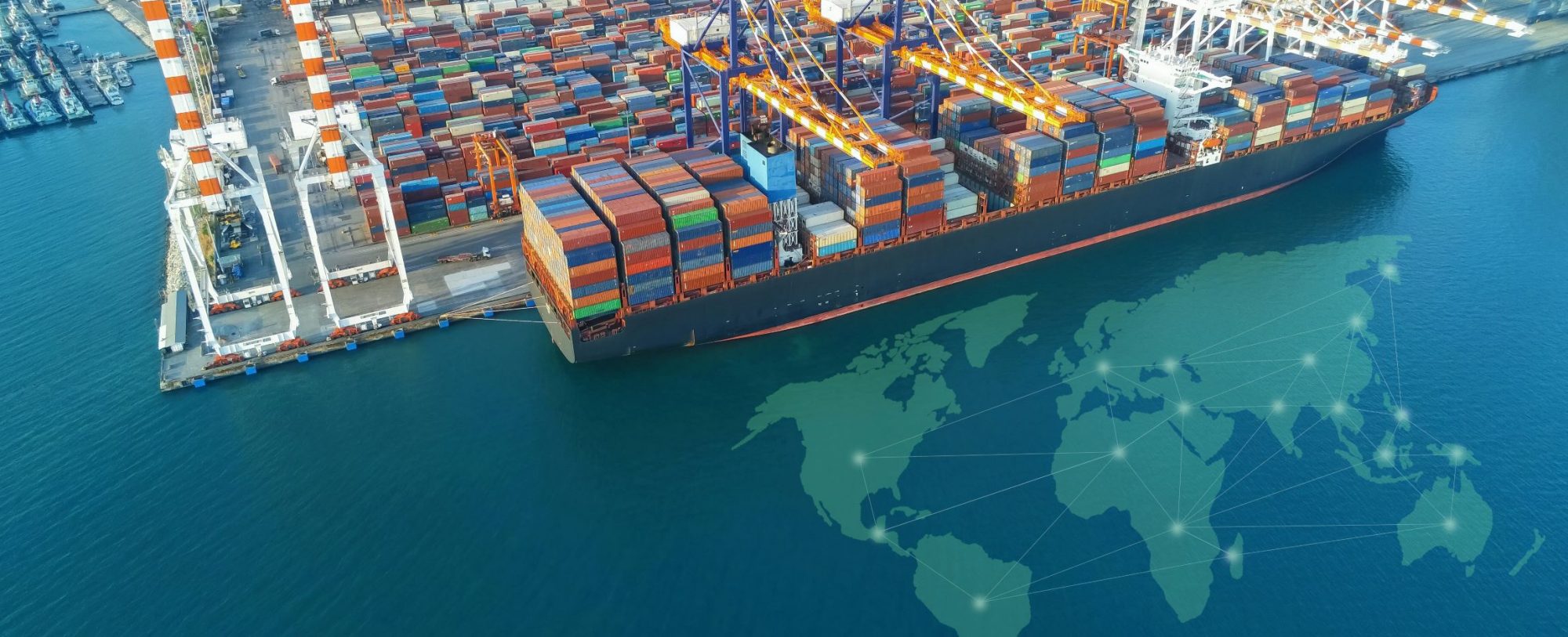Ideally, mirror trade data would gives us the content of trade between two countries lagged by lead time. Unfortunately, this is more like an exception that the norm. When an export towards a destination is reported, the destination is tentative, so the export may end of in another place. Later on, when the goods of a country of origin arrives at the destination, they would be recorded as imports from the origin and this is a more reliable measure of where goods have come from.
In light of the above, we may have to include intermediate countries with whom we guess the trade has been conducted. Here is an example.
Consider the trade of HS 8016 (Bismuth and articles thereof). If we look at the exports from China to the UK, we get the following mirror data:

This is a bleak view since China has exported hardly anything to the UK while the latter has reported imports from the former. This is because what China had reported as exports to other countries have eventually ended up in the UK.
Aggregation is the key to this challenge. We now consider the mirror trade data between China and 17 of main EU countries plus UK. At this level of aggregation, we get much better match between the exports and imports, as can be seen in the figure below:

